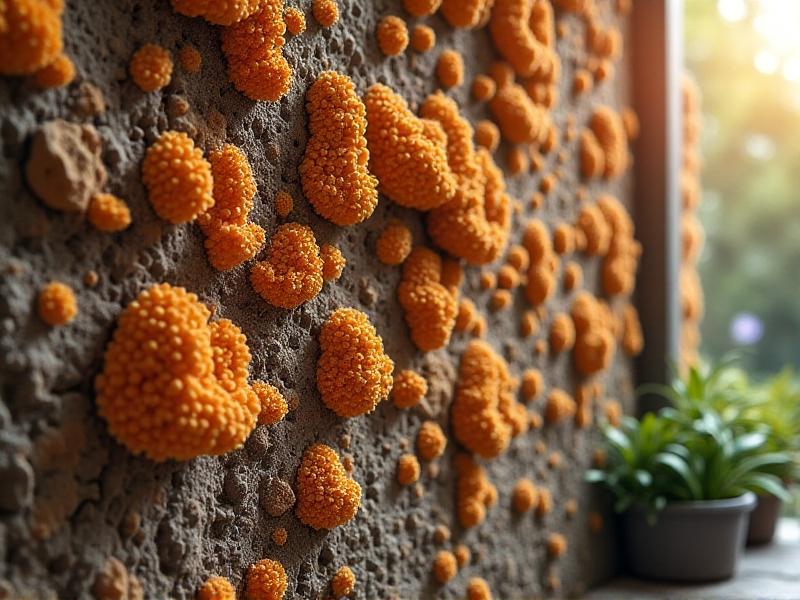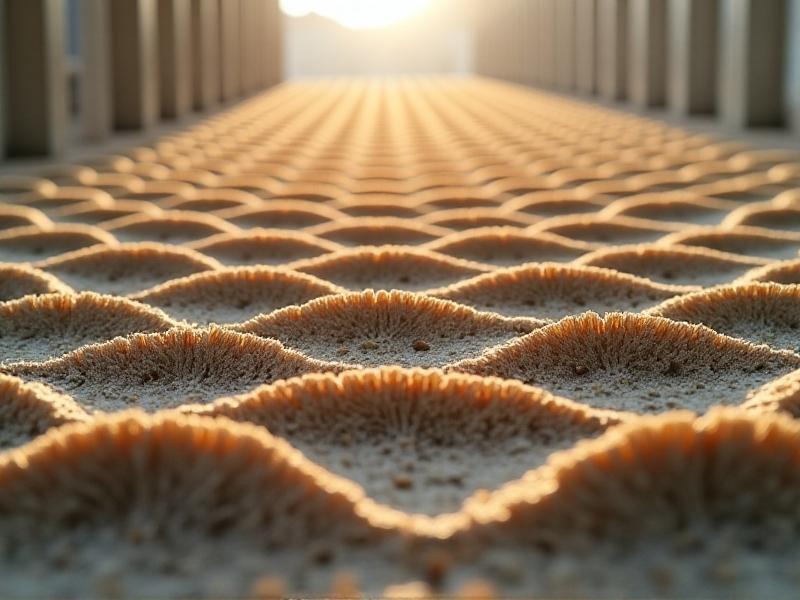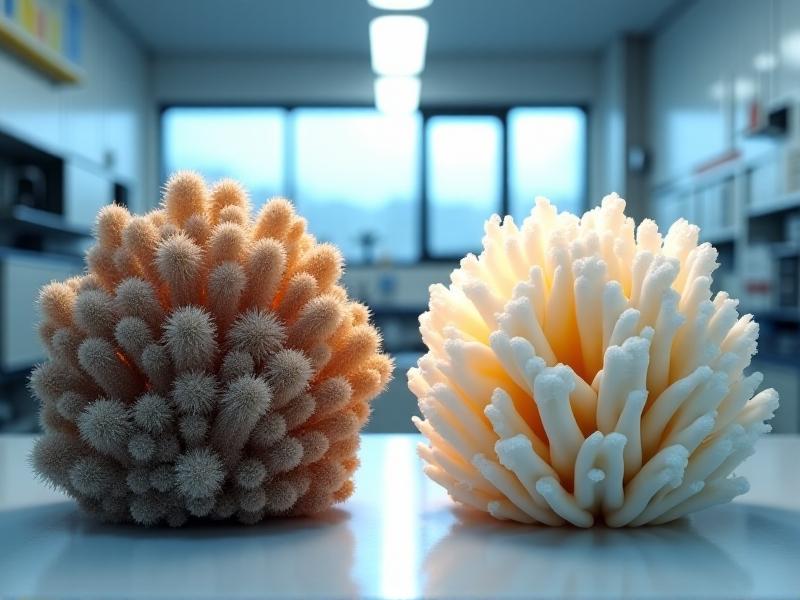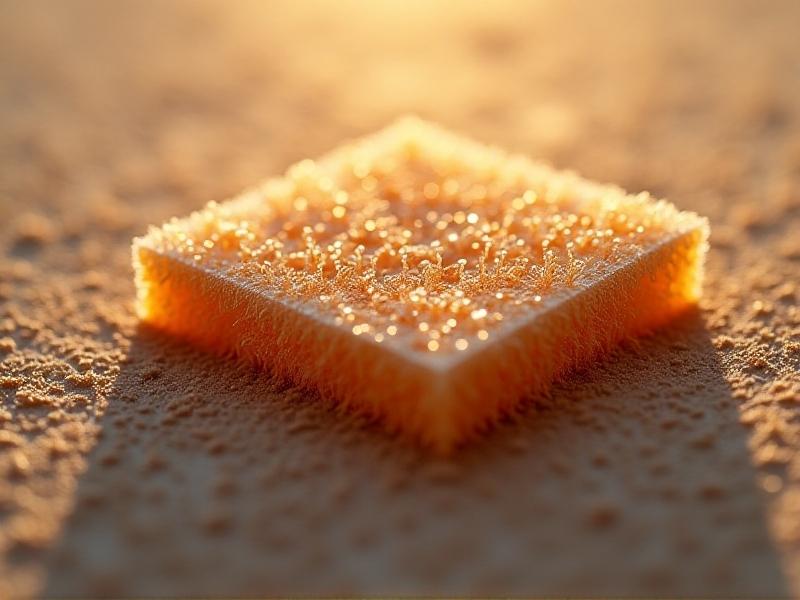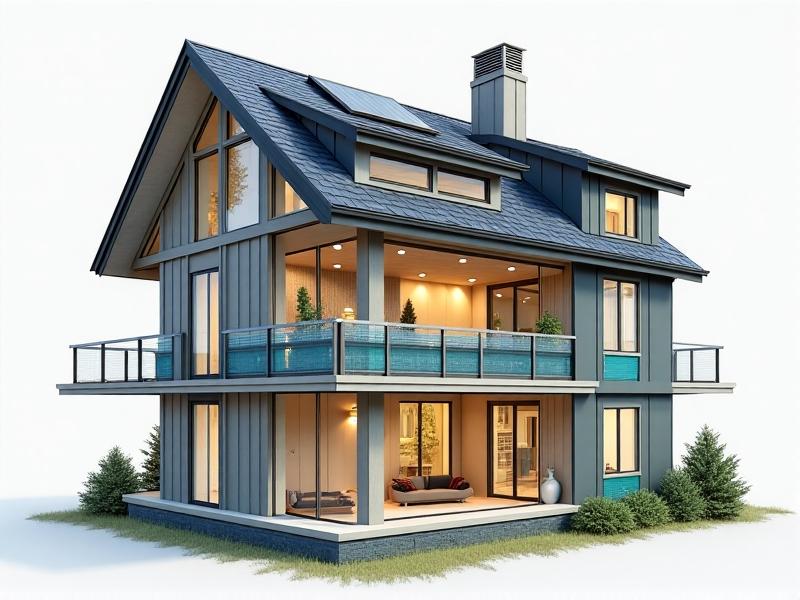Scaling Small-Scale Myco-Insulation for Whole-House Projects
The Potential of Myco-Insulation in Sustainable Building
As the world grapples with the urgent need for sustainable building solutions, myco-insulation emerges as a groundbreaking innovation. Derived from mycelium, the root structure of fungi, this material offers a biodegradable, renewable, and energy-efficient alternative to traditional insulation. Myco-insulation is not only environmentally friendly but also boasts excellent thermal and acoustic properties, making it a compelling choice for modern construction. Its potential to reduce carbon footprints and promote circular economies has sparked interest among architects, builders, and environmentalists alike. This section explores the unique properties of myco-insulation and its role in shaping the future of sustainable building practices.
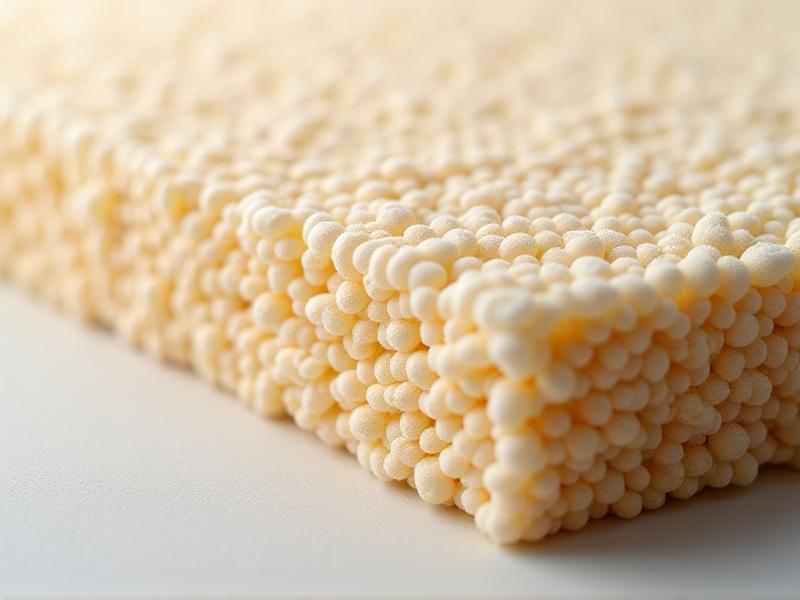
From Lab to Living Room: The Journey of Myco-Insulation
The development of myco-insulation has been a fascinating journey, beginning in research labs and gradually making its way into real-world applications. Scientists have harnessed the natural growth properties of mycelium, cultivating it on agricultural waste to create sturdy, lightweight panels. Early experiments focused on optimizing growth conditions, substrate composition, and material strength. As the technology matured, pilot projects demonstrated its viability in small-scale applications, such as insulating walls and ceilings. Today, the challenge lies in scaling up production to meet the demands of whole-house projects. This section delves into the scientific and engineering breakthroughs that have brought myco-insulation from the lab to the living room.

Challenges in Scaling Myco-Insulation for Whole-House Projects
While myco-insulation holds immense promise, scaling it for whole-house projects presents significant challenges. One of the primary hurdles is achieving consistent quality and performance across large batches. Mycelium growth is highly sensitive to environmental conditions, requiring precise control of temperature, humidity, and airflow. Additionally, the production process must be streamlined to reduce costs and increase efficiency. Another challenge is ensuring compliance with building codes and standards, which often lag behind emerging technologies. Finally, there is the issue of public perception and acceptance, as many homeowners and builders are unfamiliar with myco-insulation. This section examines these challenges and discusses potential solutions to overcome them.
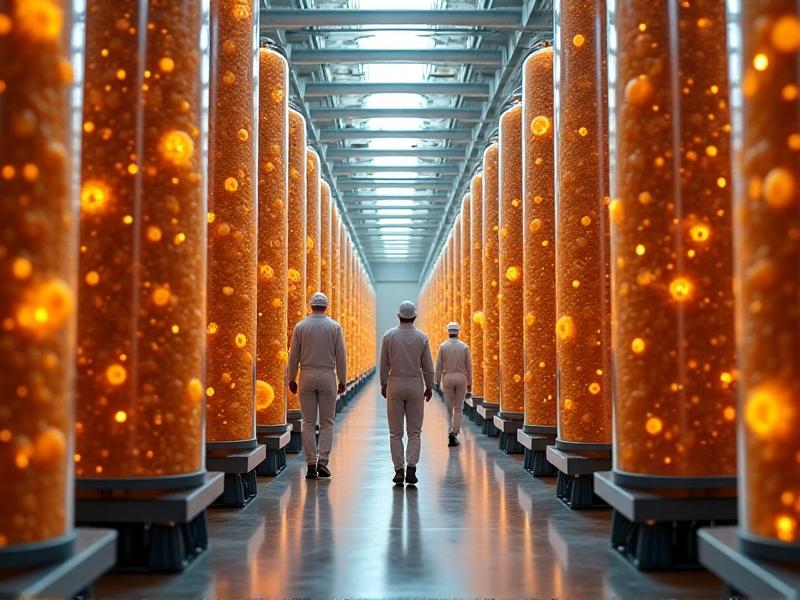
Case Studies: Successful Applications of Myco-Insulation
Despite the challenges, several successful applications of myco-insulation have demonstrated its viability in real-world settings. One notable example is the "MycoHouse" project, where an entire home was insulated with mycelium panels, resulting in significant energy savings and a reduced environmental impact. Another case study involves the use of myco-insulation in modular construction, where its lightweight and customizable properties proved highly advantageous. These projects have provided valuable insights into the practical benefits and limitations of myco-insulation, paving the way for broader adoption. This section highlights these case studies and explores the lessons learned from their implementation.
Economic and Environmental Benefits of Myco-Insulation
Myco-insulation offers a compelling combination of economic and environmental benefits. From an economic perspective, it reduces reliance on non-renewable resources, potentially lowering material costs in the long term. Its lightweight nature also translates to lower transportation and installation expenses. Environmentally, myco-insulation is biodegradable, non-toxic, and carbon-neutral, making it a superior alternative to synthetic insulation materials. By utilizing agricultural waste as a substrate, it also contributes to waste reduction and resource efficiency. This section analyzes the cost-effectiveness and ecological advantages of myco-insulation, making a strong case for its adoption in the construction industry.
Future Prospects: Innovations in Myco-Insulation Technology
The future of myco-insulation is brimming with possibilities, driven by ongoing research and technological advancements. Innovations in mycelium cultivation techniques, such as automated growth systems and genetically optimized strains, are expected to enhance production efficiency and material performance. Additionally, integrating myco-insulation with other sustainable technologies, such as solar panels and green roofs, could create holistic, energy-efficient building solutions. Collaboration between scientists, engineers, and policymakers will be crucial in overcoming barriers and accelerating adoption. This section explores the cutting-edge developments in myco-insulation technology and envisions its role in the sustainable cities of tomorrow.
How Homeowners and Builders Can Embrace Myco-Insulation
For homeowners and builders interested in adopting myco-insulation, understanding its benefits and practical considerations is essential. Homeowners can start by exploring small-scale applications, such as insulating a single room or renovating an existing space. Builders, on the other hand, can incorporate myco-insulation into new construction projects, leveraging its versatility and sustainability. Collaboration with manufacturers and suppliers is key to ensuring proper installation and performance. Education and awareness campaigns can also play a vital role in dispelling myths and promoting the advantages of myco-insulation. This section provides actionable insights for homeowners and builders looking to embrace this innovative material.
Policy and Regulation: Paving the Way for Myco-Insulation Adoption
Policy and regulation play a critical role in the adoption of new building materials like myco-insulation. Governments and regulatory bodies must update building codes and standards to accommodate innovative materials, ensuring safety and performance. Incentives such as tax credits, grants, and subsidies can encourage builders and homeowners to adopt sustainable insulation solutions. Additionally, public-private partnerships can facilitate research, development, and commercialization of myco-insulation. This section examines the policy landscape and outlines measures that can accelerate the mainstream adoption of myco-insulation in the construction industry.
Conclusion: Myco-Insulation as a Catalyst for Sustainable Construction
Myco-insulation represents a transformative shift in the way we approach building insulation, offering a sustainable, efficient, and innovative solution. From its humble beginnings in research labs to its potential in whole-house projects, this material has demonstrated its ability to address both environmental and economic challenges. While scaling up production and overcoming regulatory hurdles remain critical tasks, the progress made so far is promising. By embracing myco-insulation, homeowners, builders, and policymakers can contribute to a greener, more sustainable future. The journey of myco-insulation is just beginning, and its impact on the construction industry is poised to be profound.
